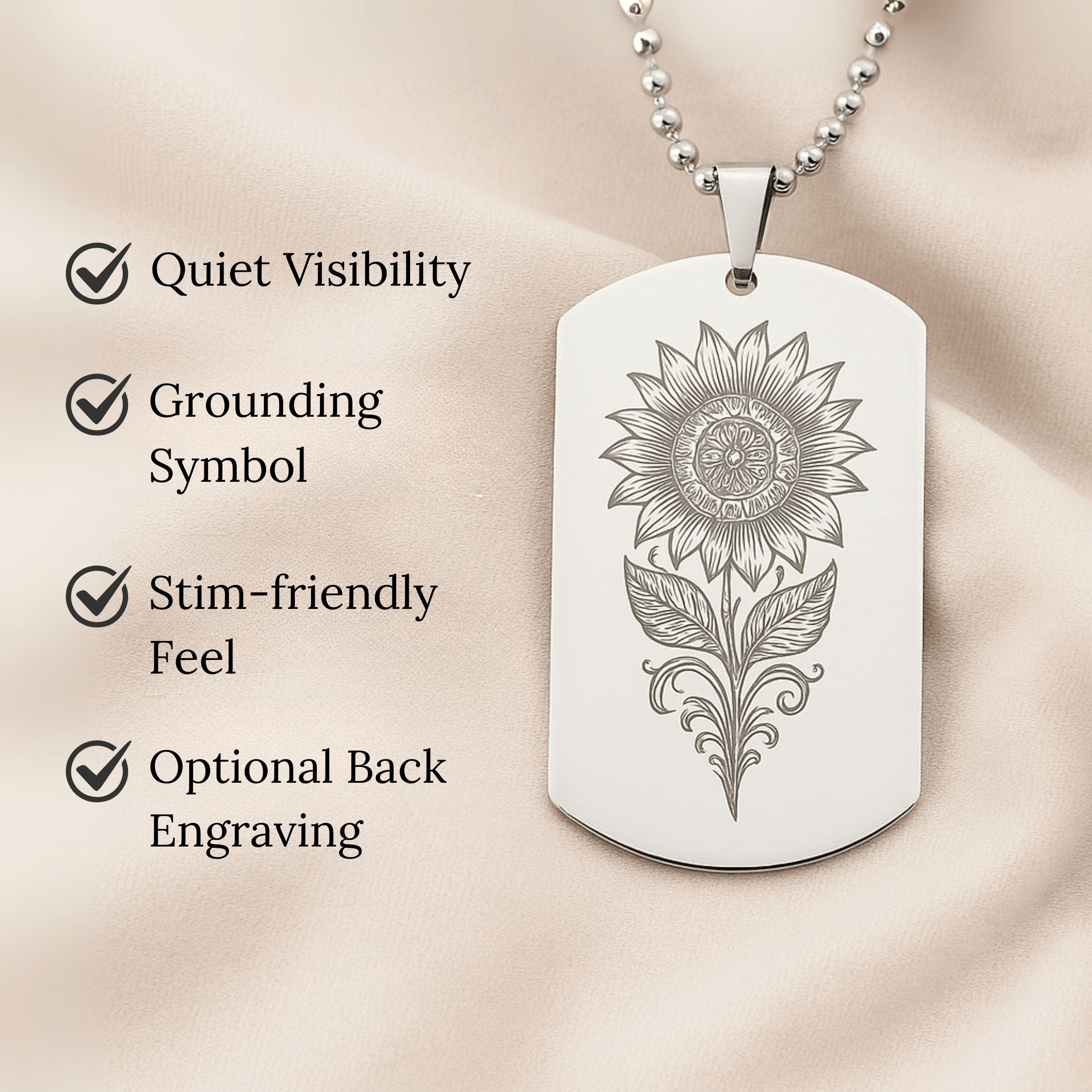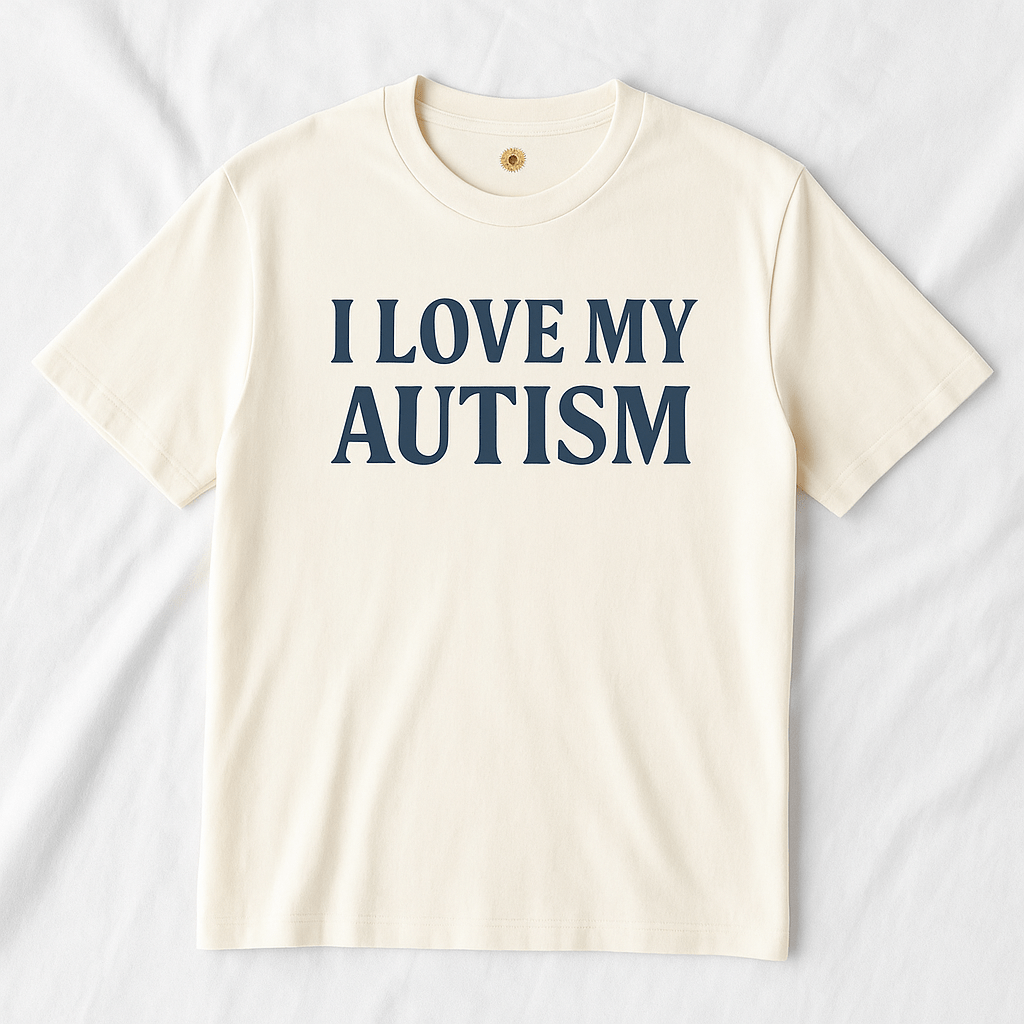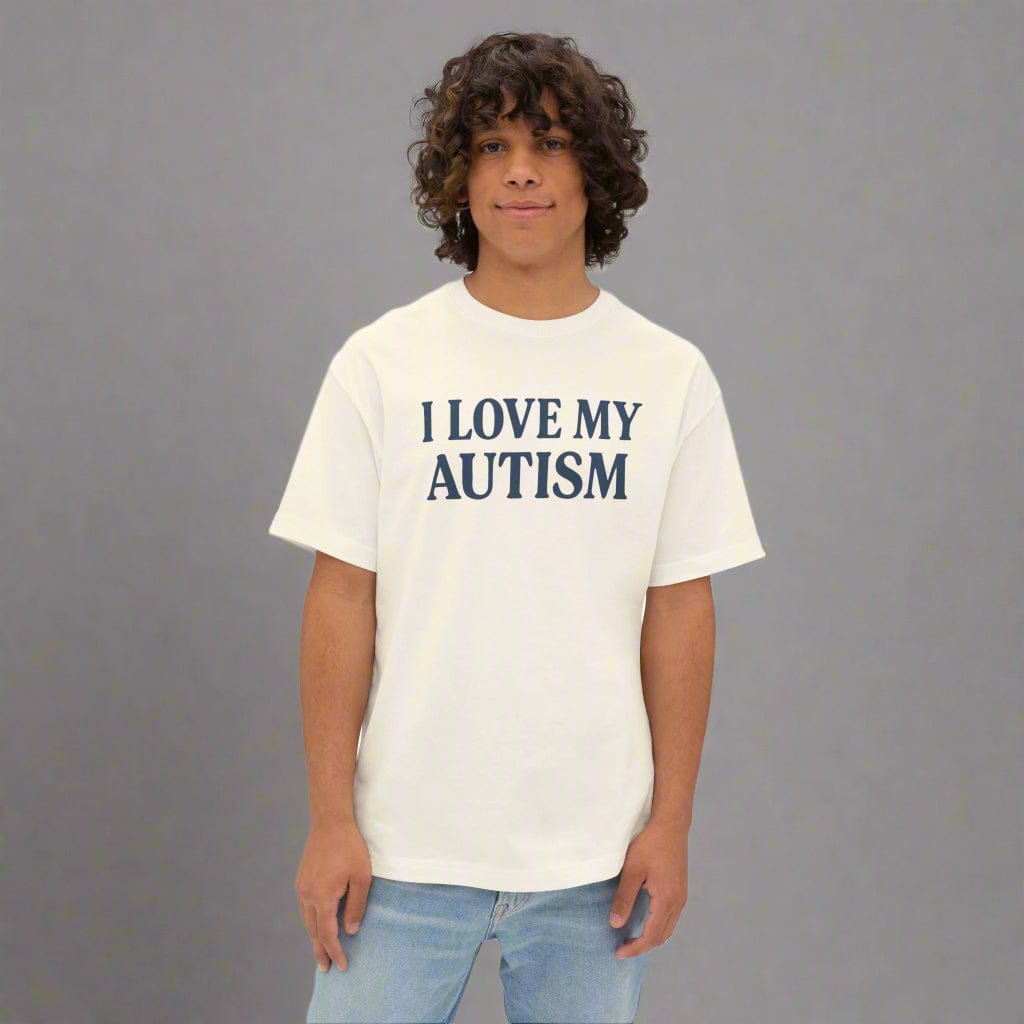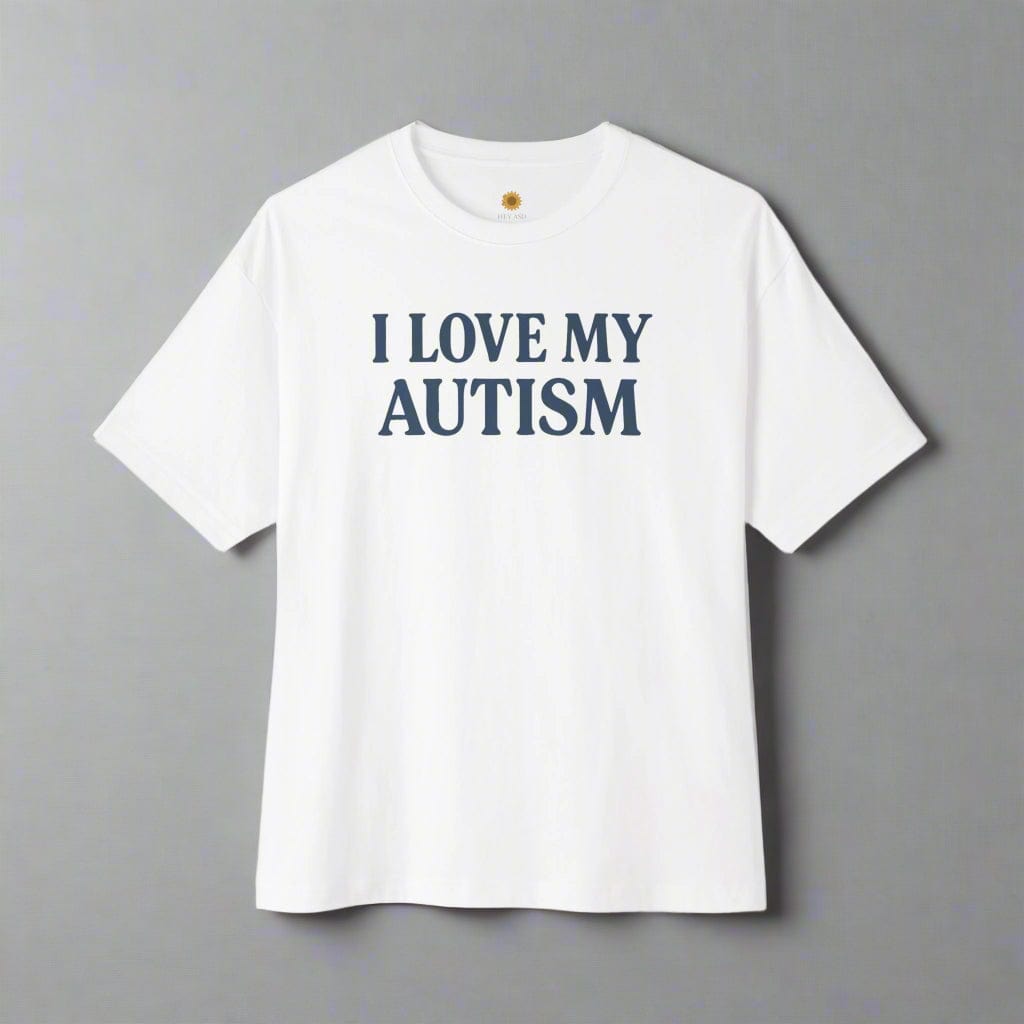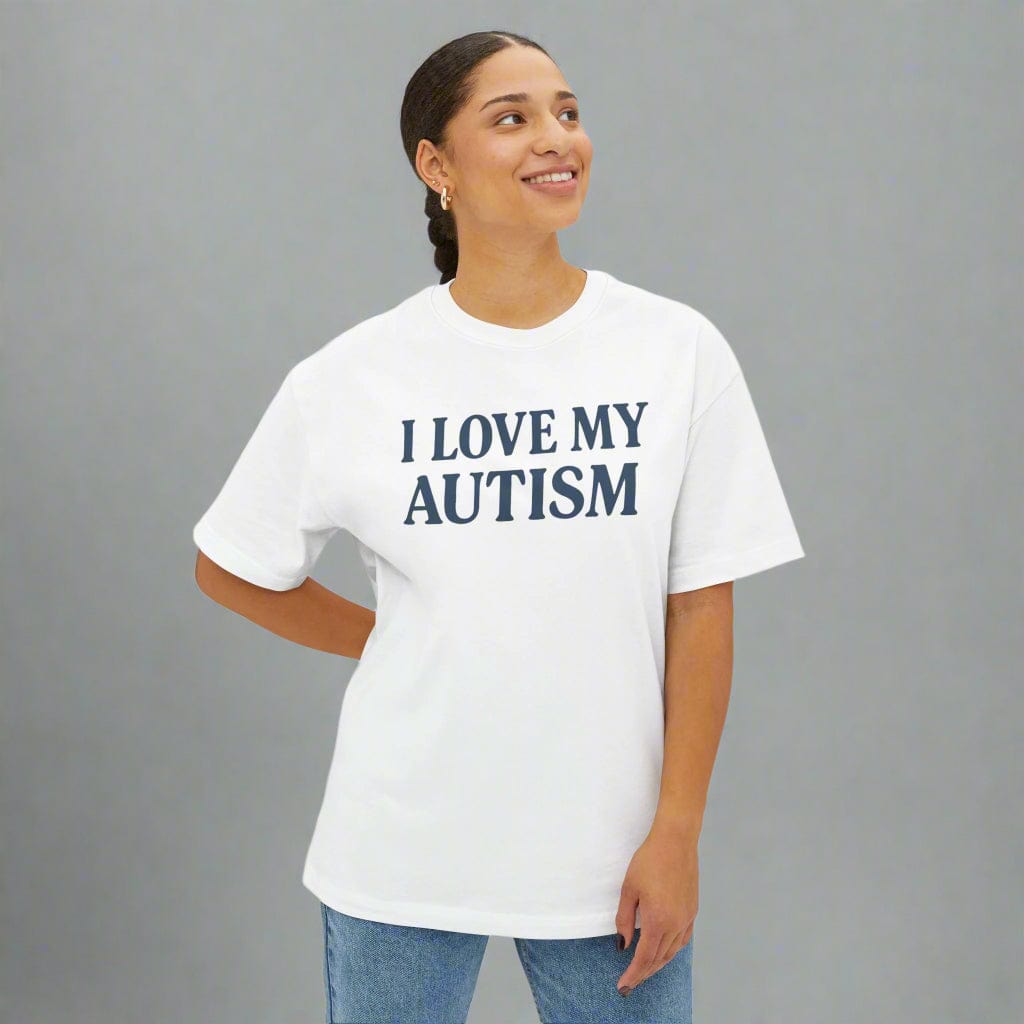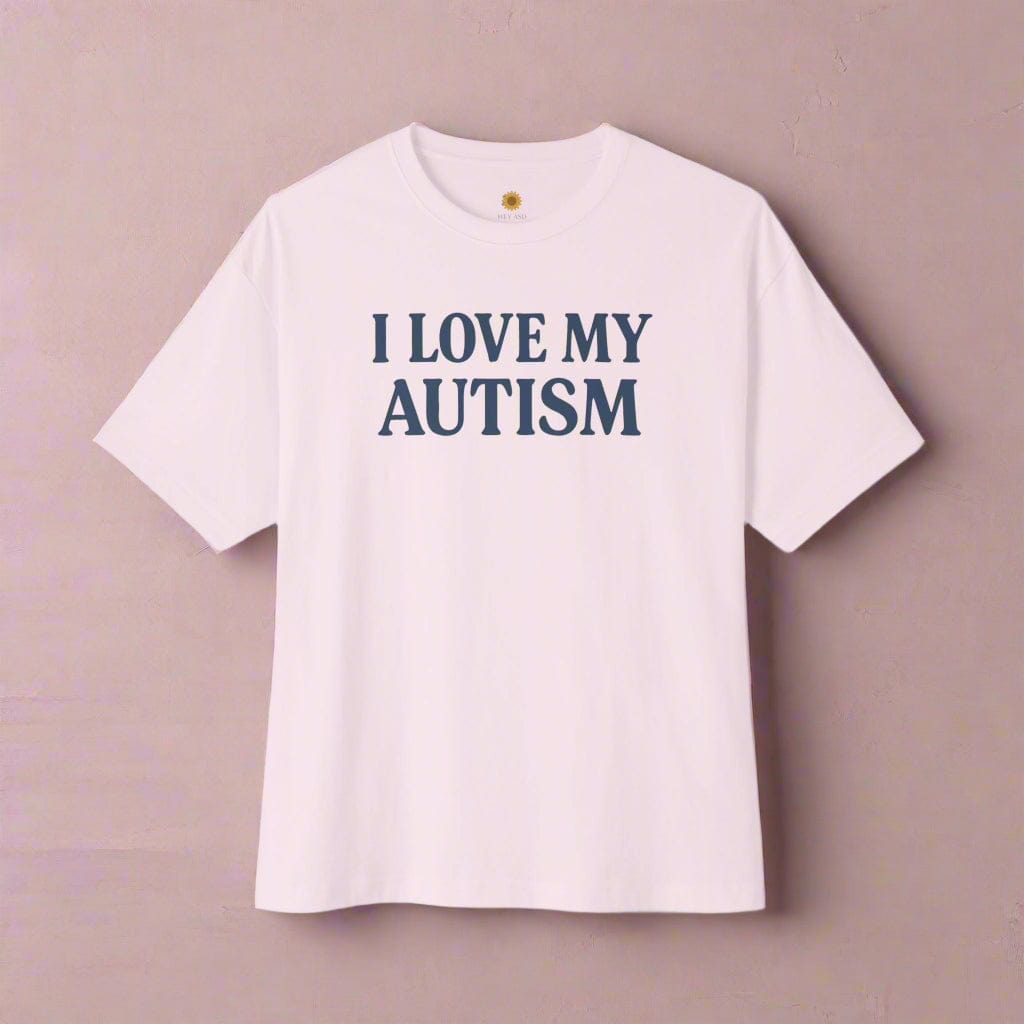Sensory Issues and the Autism Diagnosis

Written by HeyASD.com Team
Sensory issues are a common feature of autism spectrum disorder (ASD) and play a significant role in the diagnosis and daily lives of individuals with autism. These sensory challenges can manifest in various ways, from hypersensitivity to certain stimuli to a lack of response to sensory input. Understanding these sensory differences is crucial for providing appropriate support and interventions for those affected by autism.
Key Takeaways
- Sensory issues are a core aspect of autism spectrum disorder and are included in the diagnostic criteria.
- Individuals with autism can experience both hyperreactivity and hyporeactivity to sensory stimuli, as well as sensory-seeking behaviors.
- Sensory challenges can significantly impact daily life, affecting communication, social interactions, and educational experiences.
- Various therapeutic approaches, such as occupational therapy and sensory integration therapy, can help manage sensory issues in autism.
- Ongoing research and emerging therapies hold promise for better understanding and addressing sensory issues in individuals with autism.
Understanding Sensory Processing in Autism
Defining Sensory Processing
Sensory processing refers to how our nervous system receives messages from the senses and turns them into appropriate motor and behavioral responses. In autism, sensory processing can be significantly different, leading to unique challenges and behaviors.
How Sensory Processing Differs in Autism
Individuals on the autism spectrum often experience sensory input in ways that are more intense or muted compared to neurotypical individuals. This can manifest as either hyperreactivity or hyporeactivity to sensory stimuli. For example, a child might be overly sensitive to loud noises or barely notice them at all.
Common Sensory Triggers
Common sensory triggers for those with autism include loud noises, bright lights, certain textures, and strong smells. These triggers can lead to discomfort or distress, impacting daily activities and overall quality of life.
Understanding these sensory differences is crucial for creating supportive environments, whether at home, school, or in the community.
For more resources and tools to support individuals with sensory issues, visit an autism store for specialized products.
Types of Sensory Issues in Autism

Autism spectrum disorder is often associated with sensory challenges. Although the DSM-V criteria for the diagnosis of autism spectrum disorder do not specifically state that people with autism always experience sensory challenges, this credible diagnostic manual does point out that sensory challenges can be a trait of ASD.
Hyperreactivity to Sensory Input
Many people with autism show certain behaviors when they are experiencing a sensory issue. Hyperreactivity involves an exaggerated response to sensory stimuli. This can include extreme sensitivity to sounds, lights, or textures. For instance, a loud noise might cause significant distress or even pain.
Hyporeactivity to Sensory Input
On the other end of the spectrum, some individuals exhibit hyporeactivity, where they have a diminished response to sensory stimuli. This might manifest as a high pain threshold or a lack of response to loud noises. These individuals may not notice sensory inputs that others find uncomfortable or even painful.
Sensory Seeking Behaviors
Sensory seeking behaviors are also common. These behaviors involve actively seeking out sensory experiences. This can include actions like spinning, jumping, or touching various textures. Sensory seeking is often a way for individuals to self-regulate their sensory needs.
Understanding the different types of sensory issues in autism is crucial for effective diagnosis and intervention. Each type presents unique challenges and requires tailored strategies for management.
The Role of Sensory Issues in Autism Diagnosis
Diagnostic Criteria Involving Sensory Issues
Sensory issues are common in people with autism and are even included in the diagnostic criteria for autism spectrum disorder. Each autistic person is unique, and this includes their personal sensory sensitivities. Sensory challenges can be a trait of ASD according to the DSM-V criteria.
Assessment Tools for Sensory Issues
Various assessment tools are used to identify sensory issues in individuals with autism. These tools help clinicians understand the specific sensory sensitivities and challenges faced by the individual. Common tools include:
- Sensory Profile
- Sensory Processing Measure
- Autism Diagnostic Observation Schedule (ADOS)
Challenges in Diagnosing Sensory Issues
Diagnosing sensory issues in autism can be challenging due to the subjective nature of sensory experiences. Clinicians often rely on observations and reports from caregivers to make an accurate diagnosis. Additionally, sensory sensitivities can vary widely among individuals, making it difficult to establish a one-size-fits-all approach.
Understanding sensory processing in autism is crucial for accurate diagnosis and effective intervention. It helps in creating autism-themed products and resources for creativity, awareness, and self-expression.
Impact of Sensory Issues on Daily Life
Effects on Communication
Sensory challenges can significantly impact communication. For instance, hypersensitivity to sound can make it difficult for individuals to process verbal instructions in noisy environments. This can lead to misunderstandings and frustration. Effective communication often requires a calm and quiet setting to minimize sensory overload.
Influence on Social Interactions
Unique sensitivities to sensory input can create challenges in social settings. Navigating crowded spaces or processing conversations in rooms with background noise can be physically and emotionally draining. This can result in avoidance of social interactions, leading to feelings of isolation.
Challenges in Educational Settings
In educational settings, sensory issues can affect learning and participation. Bright lights, loud noises, and crowded classrooms can be overwhelming. Accommodations such as modified environments and the use of sensory tools can help. However, the need for constant adaptation can be exhausting for both students and educators.
Sensory challenges and irregularities can result in discomfort, avoidances, inappropriate responses, fear, shutdown, emotional dysregulation, refusals, cravings, and stereotypic behaviors. The disorganization of sensory information can affect how we coordinate our bodies, react to the environment, perform daily activities, and interact with others.
Personal Experiences of Sensory Issues
First-Hand Accounts from Autistic Individuals
Autistic individuals often describe their sensory experiences as overwhelming or even painful. Many people with autism show certain behaviors when they are experiencing a sensory issue. For instance, some may cover their ears at loud noises or avoid bright lights. Others might seek out sensory input by touching objects or making repetitive movements. These personal accounts highlight the diverse ways sensory issues manifest in daily life.
Parental Perspectives
Parents of autistic children frequently observe unique sensory behaviors. They note that their children might have a constant need for movement or show a strong preference for certain textures and sounds. These observations are crucial for understanding and supporting their children's sensory needs. Embracing inclusion: strategies & support for adults with high-functioning autism. Explore autism wall art, decor, tees, puzzles, hats, journals. Shop home decor and apparel. Blog content available.
Case Studies
Case studies provide in-depth insights into the sensory experiences of autistic individuals. They often reveal patterns such as hypersensitivity to specific stimuli or hyposensitivity, where individuals might not recognize sensations like hunger or pain. These studies are invaluable for developing targeted interventions and support strategies.
Understanding sensory issues from personal and parental perspectives is key to creating effective support systems for autistic individuals.
Therapeutic Approaches to Sensory Issues
Occupational Therapy
Occupational therapy (OT) is a cornerstone in addressing sensory issues in autism. Therapists aim to help children organize sensory information to better respond to their environment. OT sessions often include activities that provide sensory input, helping to modulate and process stimuli more effectively.
Sensory Integration Therapy
Sensory Integration Therapy (SIT) focuses on improving the way the brain processes sensory information. This therapy involves playful, sensory-rich activities designed to challenge and engage the child. The goal is to enhance the brain's ability to respond to sensory input in a more organized manner.
Behavioral Interventions
Behavioral interventions can also be effective in managing sensory issues. These interventions often involve structured routines and positive reinforcement to help children cope with sensory challenges. Techniques such as Applied Behavior Analysis (ABA) can be tailored to address specific sensory needs, promoting better adaptation and functioning.
It's crucial to consult with professionals like occupational therapists or behavior therapists to tailor interventions to the child's unique sensory profile.
Connection Between Sensory Processing Disorder and Autism
Overlap in Symptoms
Sensory Processing Disorder (SPD) and Autism Spectrum Disorder (ASD) often exhibit overlapping symptoms, making it challenging to distinguish between the two. Over 80% of children with autism also have sensory processing disorder, highlighting the significant connection. However, SPD can exist independently of autism, affecting up to 16% of the general population.
Research Findings
Research indicates that while SPD is common in individuals with autism, it is not exclusive to them. Studies have shown that children with autism spectrum disorder and sensory processing disorder exhibit different patterns of sensory reactivity. For instance, a study involving 210 participants found distinct differences between those with ASD, SPD, and typical development.
Clinical Implications
Understanding the connection between SPD and autism is crucial for accurate diagnosis and effective intervention. Clinicians must consider the presence of sensory processing difficulties when diagnosing autism. This dual consideration can lead to more tailored therapeutic approaches, benefiting individuals with both conditions.
The intersection of autism research and environmental factors continues to be a critical area of study, offering insights into how best to support those affected by both ASD and SPD.
Strategies for Managing Sensory Issues
Creating Sensory-Friendly Environments
Creating sensory-friendly environments is crucial for individuals with autism. This involves modifying surroundings to reduce sensory overload and enhance comfort. Examples include using light covers or sunglasses under fluorescent lights, wearing ear plugs in noisy environments, and arranging furniture to provide safe, open spaces. These adjustments can significantly improve self-regulation in autism.
Use of Sensory Tools and Aids
Sensory tools and aids can be highly effective in managing sensory issues. Items like fidget toys, weighted blankets, and chewies provide the necessary sensory input to help individuals stay calm and focused. It's important to understand which senses each tool or activity helps, ensuring they are used safely and effectively.
Developing Coping Mechanisms
Developing coping mechanisms is essential for managing sensory issues. This can include taking frequent movement breaks, eating foods with strong flavors or mixed textures, and wearing soft, comfortable clothing. These strategies help individuals better handle sensory input and maintain their well-being.
Accommodating sensory issues can ease discomfort and increase opportunities for autistic people to learn, socialize, communicate, and participate in the community. Accommodations may need to be adapted for each setting to meet specific sensory needs.
Future Directions in Research on Sensory Issues and Autism
Emerging Therapies
Research is continuously evolving to find new and effective therapies for sensory issues in autism. Emerging therapies focus on personalized approaches that cater to individual sensory profiles. These therapies aim to improve the quality of life for autistic individuals by addressing their unique sensory needs.
Technological Innovations
Technological advancements are playing a crucial role in understanding and managing sensory issues. Virtual reality (VR) and augmented reality (AR) are being explored as tools for sensory integration therapy. These technologies offer immersive experiences that can help individuals adapt to sensory stimuli in a controlled environment.
Areas Needing Further Study
Despite significant progress, there are still many areas that require further research. Understanding the long-term effects of sensory therapies, the impact of sensory issues on mental health, and the development of standardized assessment tools are critical areas that need more attention. Continued research is essential to provide better support and interventions for those affected by sensory issues in autism.
The future of research on sensory issues in autism holds promise, with emerging therapies and technological innovations paving the way for more effective interventions.
Support Systems for Individuals with Sensory Issues
Families play a crucial role in supporting individuals with sensory issues. Understanding and accommodating sensory issues can ease discomfort and increase opportunities for autistic people to learn, socialize, communicate, and participate in the community. Accommodations might mean modifying the environment, using tools and strategies, or creating new habits or routines. Since sensory needs depend on the environment, accommodations may need to be adapted for each setting.
Educational institutions can provide significant support by implementing individualized education plans (IEPs) and 504 plans. These plans often include accommodations such as visual supports, sensory breaks, and the use of sensory tools like fidget toys. Schools can also offer specialized training for staff to better understand and address sensory issues.
Community resources, including local autism organizations and online support groups, offer valuable advice and guidance. These resources can help families and individuals navigate mental health for adults with high-functioning autism. They also provide access to sensory-friendly events and activities, which can be particularly beneficial for those who experience sensory differences. Additionally, some organizations offer online courses and parent-friendly books on autism and sensory processing disorder (SPD) to further educate and support families.
Navigating mental health for adults with high-functioning autism can be challenging, but community resources and support systems can make a significant difference.
Examples of Accommodations for Hypersensitivity:
- Visual supports for those who have difficulty processing spoken information
- Using fidget toys, chewies, and other sensory tools
- Arranging furniture to provide safe, open spaces
- Taking frequent movement breaks throughout the day
- Eating foods with strong flavors or mixed textures
- Weighted blankets, lap pads, or clothing that provides deep pressure
Common Myths About Sensory Issues in Autism
Debunking Misconceptions
One common myth is that all individuals with autism have the same sensory issues. In reality, sensory experiences vary widely among autistic individuals. Some may be sensitive to bright lights or loud noises, while others might not notice certain details in their environment. This diversity in sensory processing means that each person with autism has unique sensory needs and triggers.
Understanding the Reality
Another misconception is that sensory issues are always visible. Many people with autism show certain behaviors when they are experiencing a sensory issue, but these behaviors can be subtle and easily overlooked. For example, a child might seek out sensory input by rocking back and forth or desiring deep pressure hugs, which might not be immediately recognized as a sensory need.
Educating the Public
It's crucial to educate the public about the nuances of sensory issues in autism. Misunderstanding these issues can lead to a lack of support and accommodations for those who need them. By spreading awareness and knowledge, we can create more inclusive environments that cater to the diverse sensory needs of individuals with autism.
Sensory issues in autism are complex and varied, requiring personalized approaches to support and intervention.
Conclusion
Sensory issues are a significant aspect of the autism diagnosis, affecting a large proportion of individuals on the spectrum. These sensory sensitivities can manifest in various ways, from hypersensitivity to certain stimuli to a lack of response to others. Understanding these sensory differences is crucial for providing appropriate support and interventions. By recognizing and addressing sensory issues, we can improve the quality of life for individuals with autism, helping them navigate their environments more comfortably and effectively. Continued research and awareness are essential in developing better strategies to support those with sensory processing challenges associated with autism.
Frequently Asked Questions
What are sensory issues in autism?
Sensory issues in autism refer to the atypical responses to sensory stimuli, which can include hypersensitivity (over-responsiveness) or hyposensitivity (under-responsiveness) to various sensory inputs such as sound, light, touch, taste, and smell.
How do sensory issues affect individuals with autism?
Sensory issues can affect individuals with autism in various ways, including difficulties in communication, social interactions, and daily functioning. They may experience discomfort or distress in response to certain sensory stimuli, which can impact their ability to participate in everyday activities.
What are common sensory triggers for people with autism?
Common sensory triggers for people with autism include loud noises, bright lights, certain textures, strong smells, and specific tastes. Each individual may have unique triggers based on their sensory sensitivities.
What is the difference between hyperreactivity and hyporeactivity in sensory processing?
Hyperreactivity refers to an over-responsiveness to sensory stimuli, where individuals may find certain sounds, lights, or textures overwhelming. Hyporeactivity, on the other hand, is an under-responsiveness to sensory stimuli, where individuals may not notice or respond to sensory inputs that others typically do.
How are sensory issues assessed in the autism diagnosis process?
Sensory issues are assessed through various tools and questionnaires that evaluate an individual's sensory responses and behaviors. These assessments help clinicians understand the sensory challenges faced by the individual and are considered as part of the diagnostic criteria for autism spectrum disorder.
What therapeutic approaches are used to address sensory issues in autism?
Therapeutic approaches to address sensory issues in autism include occupational therapy, sensory integration therapy, and behavioral interventions. These therapies aim to help individuals manage their sensory sensitivities and improve their ability to function in daily life.
Can sensory issues change over time for individuals with autism?
Yes, sensory issues can change over time for individuals with autism. Sensory sensitivities may become more or less pronounced as individuals grow and develop, and with appropriate interventions and support, they may learn to better manage their sensory challenges.
Are sensory issues exclusive to autism?
No, sensory issues are not exclusive to autism. While they are common in individuals with autism, sensory processing difficulties can also be present in other conditions such as sensory processing disorder (SPD), attention deficit hyperactivity disorder (ADHD), and anxiety disorders.
On This Page
Frequently asked questions
What are some common sensory issues experienced by autistic individuals?
How can sensory processing differences affect daily life and communication for autistic people?
What strategies can help manage sensory sensitivities in autism?
How do occupational therapy and sensory integration therapy support sensory processing in autism?
What types of sensory-friendly products, like calming blankets or comfortable clothing, might help with sensory processing autism?
How can families and educators create sensory-friendly living environments for autistic individuals?
What are some effective coping mechanisms for sensory overload or sensory seeking behaviors?
How can understanding sensory issues improve autism support strategies and inclusion?
Are there autism-themed items, such as t-shirts or sensory tools, that can promote awareness and comfort for those with sensory challenges?

About the HeyASD.com Team
Autistic‑owned • Values‑led • Sensory‑friendly design
We are autistic creators, writers, and advocates dedicated to producing resources that are practical, sensory-aware, and grounded in lived experience. Our mission is to make information and products that support the autistic community accessible to everyone, without jargon or condescension. Learn more about our team.
This article is written from lived autistic experience and an evidence-aware perspective. It is for general informational purposes only and should not be taken as medical, legal or therapeutic advice.
Always consult a qualified clinician or occupational therapist for individual needs and circumstances.

About Our ASD Blog
HeyASD is more than a store, it’s a calm, supportive space for autistic adults and the people who care about them. Explore identity-affirming stories, sensory regulation tools, and uplifting resources from our community.
Thank you for reading. We hope these resources bring comfort and clarity.













